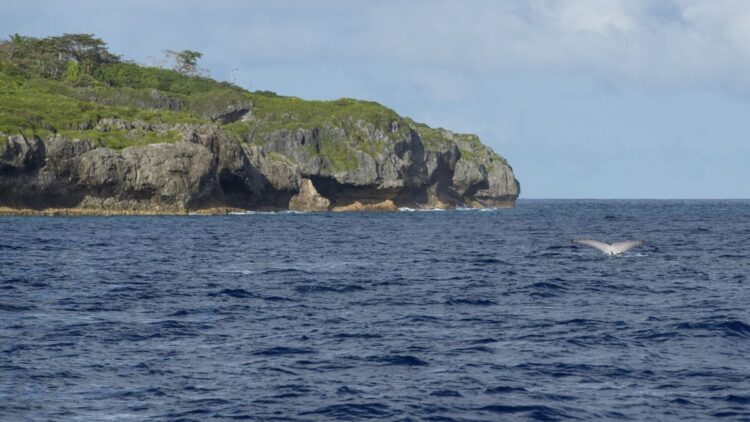Pacific Ocean (File)
Sydney: Scientists have come to know the clue of the world’s most unexpected event in the Pacific Ocean. Everyone is surprised to know this. Scientists doing research on this incident said that something extraordinary must have happened on Earth a million years ago. Research on rock samples taken from the bottom of the Pacific Ocean has revealed a strange increase in the radioactive chemical element ‘Berillium-10’ during that time.
This research published in ‘Nature Communications’ has opened new avenues to know the date of previous events from the depths obtained from the oceans for geologists. But the cause of inequality in Berillium-10 is yet to be ascertained. Can this happen due to major changes in global ocean currents, end of a star, or two more wires?
Researcher saw eyes told
A scientist said that I am looking for Stardust (cosmic dust) on earth, which is very slow in the depths of the sea. Earlier, I have to sarcate ice in Antarctica. This time, discovered at the depths of the sea. At a depth of about 5,000 meters, light was never seen in the abyss of the Pacific Ocean, yet something thrives there. The rocks under the metallic water develop with minerals dissolving in the ‘phenspanese crust’ water slowly and for a very long freezing. These grow only a few millimeters in a million years. (‘Stalactytes’ and ‘Stalagmite’ grow in a similar way in caves, but thousands of times faster.) This process makes ‘phenspane’ crusts (layers) a perfect place to ‘capture’ stardust for millions of years. .
Pheromanganese crust was found in the Central Pacific region in 1976
The age of these layers can be detected by radiometric dating using radioactive chemical elements Berillium-10. When highly energetic cosmic rays collide with the molecules of the air, this chemical element continues to occur in the upper atmosphere. The collision breaks into small pieces of the main components of our atmosphere – nitrogen and oxygen. Both Stardust and Berillium-10 eventually find their way into the Earth’s oceans where they join the growing ‘pheromegnancy crust’. One of the largest pharmaganese crusts was recovered from the Central Pacific region in 1976.
What did scientists get
The results showed that the layer had increased only 3.5 cm in the last one crore years and it was more than two million years old. Radioactive decay (radioactive decay) occurs after a very complex process. This means that at that time something must have filed additional bearillium -10 in the layer. Skepticism is important in the world of science. Chemical preparations were made to avoid errors and many times measured. After analysis of various layers from places about 3,000 km away, the result was that there was a strange increase in radioactive chemical elements called Berillium-10 in the Pacific Ocean about one million years ago.
Why this incident happened 1 million years ago
Last year, an international study showed that waves called ‘Antarctic Circampolar Current’ intensified about one million years ago, which affected the current form of the Antarctic Ocean. Can it symbolize the onset of modern global ocean circulation associated with Berillium-10 in the Pacific region? If the sea currents were responsible, the berryilium-10 would have been unevenly distributed on the Earth and some samples also showed a shortage of Berillium-10. All major oceans and new samples from both hemispheres can answer us this question. (The Conversation-Language)
Latest World News










